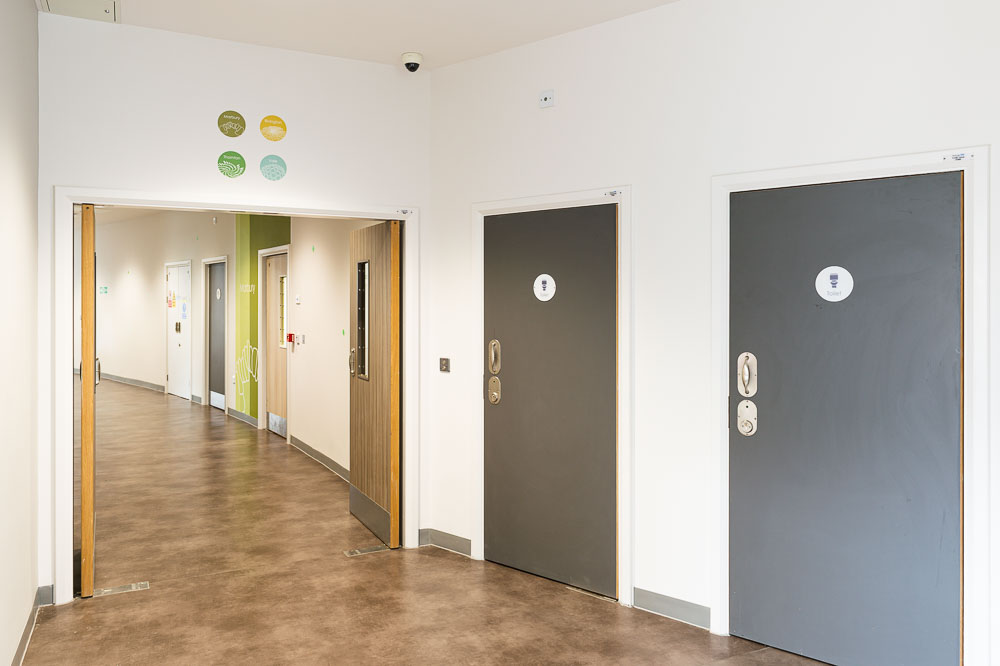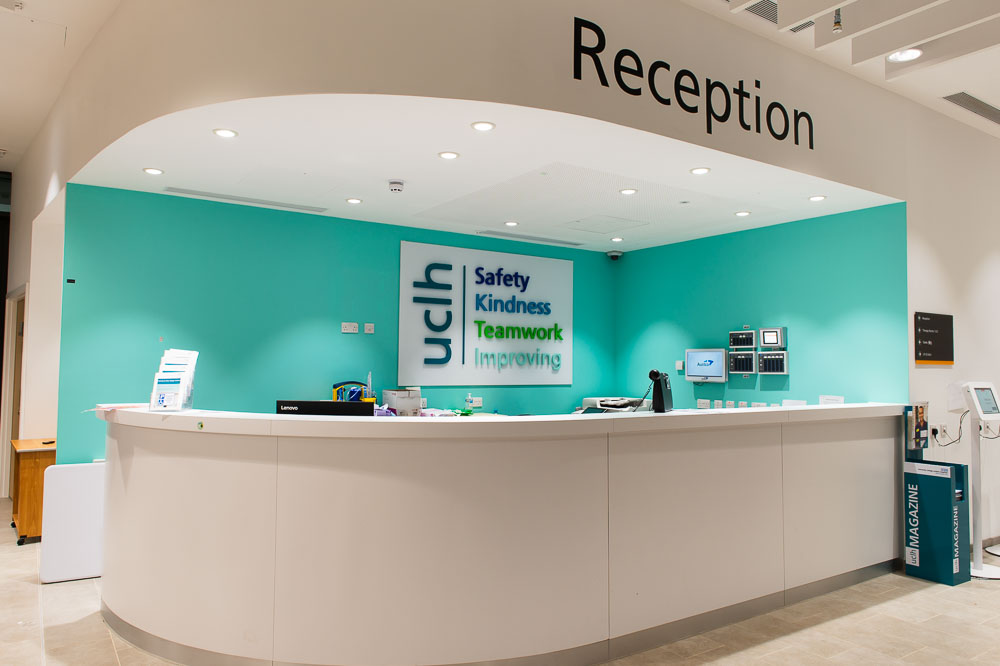Navigating a large hospital can be a daunting task for patients, visitors, and even healthcare professionals. The complex layout, multiple levels, and the plethora of departments can create confusion and frustration for those who use hospitals, without a clear idea of where they need to be. That’s where wayfinding is paramount; it can save everyone’s time, reduce anxiety, and enhance the overall experience of the hospital visit. So what makes an effective wayfinding strategy for hospitals?
Keep Wayfinding Simple
One of the biggest mistakes that hospitals make while designing their wayfinding strategy is overcomplicating things. A crowded and confusing wayfinding system not only fails to deliver its purpose but also frustrates the users. Therefore, the motto should be to keep it simple; an easy-to-navigate strategy that is well-organized, aesthetically pleasing, yet informational is the ideal wayfinding solution for hospitals.
Consistent Signage
Consistency plays an essential role in creating an effective wayfinding system for hospitals. The colors, fonts, and graphics used in the signs should be uniform and easily recognizable. Inconsistencies in wayfinding material create confusion, which can lead to missed appointments, late arrivals, and a general sense of frustration.
Make Wayfinding Accessible
Healthcare institutions cater to patients and visitors from all backgrounds and abilities. Therefore, when designing your hospital’s wayfinding strategy, make sure to keep accessibility in mind. Install braille signage for individuals with visual impairments, create a wayfinding plan that is wheelchair-friendly, and provide alternate routes for those who need them.


Collaborate with Design Professionals
A hospital’s wayfinding strategy is not just about placing signs at appropriate locations. It is also about creating a visual and navigational harmony in the entire building. This is where design professionals, such as architects, designers, and building contractors, come into play. Collaborating with these professionals can help hospitals create a wayfinding strategy that enhances the architectural design while making it easier for visitors and patients to navigate.
Regular Maintenance
Once a wayfinding system is implemented, it’s essential to monitor and maintain it regularly. Signs should be updated, repairs should be made, and any confusion or issues with the system should be addressed. A poorly maintained wayfinding system can create more problems than it solves.
Conclusion
Creating an effective wayfinding strategy for hospitals is not a one-size-fits-all solution. Every hospital is unique, and so are the patients and visitors who use them. Therefore, creating a organised, uniform, and accessible system can go a long way in making the hospital visit a more comfortable experience.
Collaborating with the client can help hospitals create the ideal wayfinding strategy while enhancing the overall look and feel of the premises. The key to creating an effective wayfinding system is to keep it simple, maintain it regularly, and make it accessible for all.
Check out our UK signage case studies for more images and examples of wayfinding signage.


